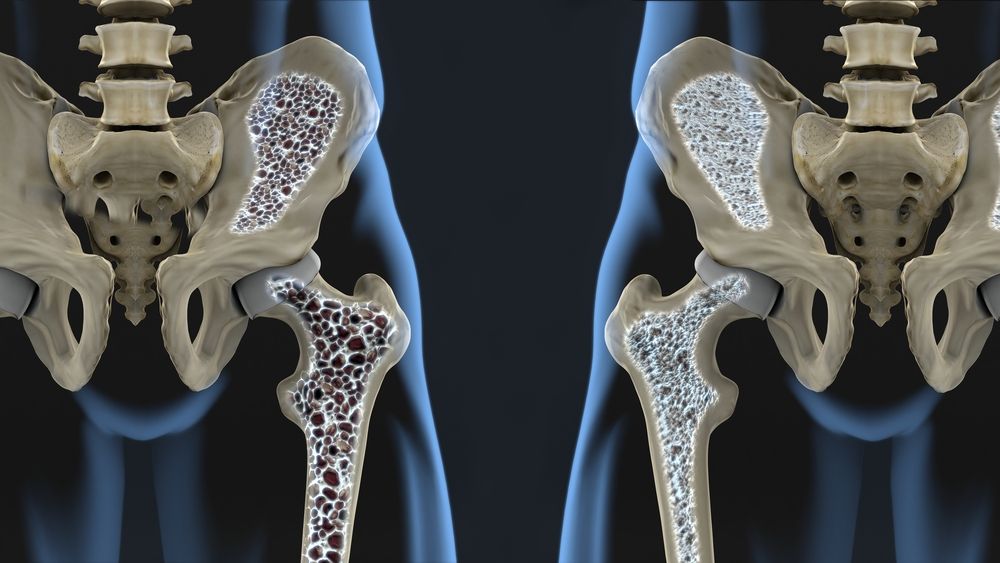Alendronate Shows Promise as Maintenance Therapy for Osteoporosis
The bisphosphonate alendronate (Binosto and Fosamax) can effectively maintain the gains in bone mineral density achieved with a year-long course of denosumab treatment in 91 percent of 126 patients who participated in a randomized clinical trial presented this week at the American Society for Bone and Mineral Research annual meeting in Orlando.
Osteoporosis (©JavierRegueiroShutterstock.com)

The bisphosphonate alendronate (Binosto and Fosamax) can effectively maintain the gains in bone mineral density achieved with a year-long course of denosumab treatment in 91 percent of 126 patients who participated in a randomized clinical trial presented this week at the American Society for Bone and Mineral Research annual meeting in Orlando.
Bone mineral density increased by 5.6, 3.2 and 3.1 percent with denosumab from baseline to 12 months. And when these patients transitioned to alendronate, most subjects maintained or increased bone mineral density. 15.9, 7.6 and 21.7 percent lost bone mineral density at the lumbar spine, total hip or femoral neck, respectively, and only one subject lost bone mineral density at all three sites.
The study found that patients with larger bone mineral density increases in the first year were more likely to lose bone mineral density in the second year. "These data highlight the need for oral bisphosphonate therapy following denosumab cessation and bone mineral density monitoring of patients transitioning from denosumab to alendronate," David Kendler, M.D., et al. wrote.
REFERENCE: "[1047] Subject Characteristics and Changes in Bone Mineral Density After Transitioning From Denosumab to Alendronate in the Denosumab Adherence Preference Satisfaction (DAPS) Study." American Society for Bone and Mineral Research annual meeting. Sept. 21, 2019.